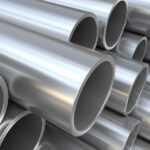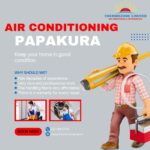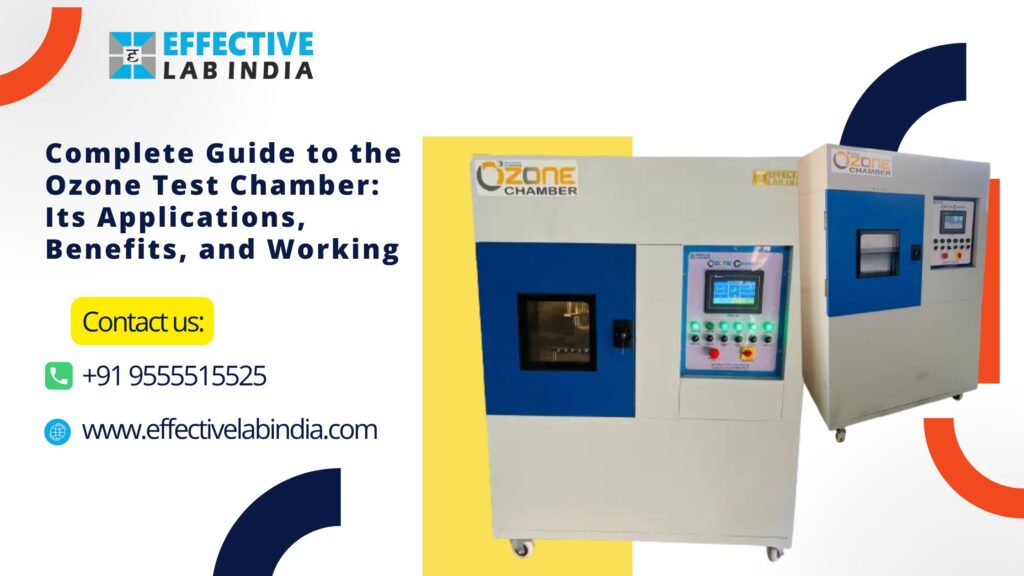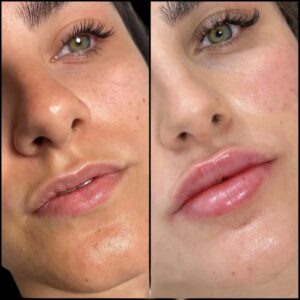In today’s fast-growing industrial world, the durability and quality of products and material aging tests are more important than ever. An important environmental testing machine used in the rubber and polymer industry to evaluate material resistance against atmospheric fluctuations is the Ozone Test Chamber.
In this informative blog, we provide a complete guide to understanding what an ozone test chamber is, how it works, its application, benefits, and why it is a smart investment for any quality-conscious manufacturer.
What is an Ozone Test Chamber?
An ozone test chamber is a laboratory testing device that simulates an ozone-rich environment to measure how well rubber, plastics or other materials used to make different types of products last when exposed to ozone.
Ozone (O3) is a naturally occurring gas that causes materials to crack, discolour or become brittle over time. This chamber artificially creates such ozone conditions in a controlled environment to evaluate how resistant a product or sample is to the effects of ozone.
This chamber is specifically used for testing in industries where rubber components such as seals, tyres, tubes and gaskets are exposed to open air and need to be kept durable for years.
How Does an Ozone Test Chamber Work?
The working process of the ozone chamber is very simple, which is given in detail below:
- Ozone Generator: This chamber generates ozone using a built-in ozone generator system.
- Controlled Conditions: It maintains a specific ozone concentration, temperature and humidity to repeat the effect of aging in the real world.
- Sample Exposure: Test samples are hung or placed inside the chamber and come into contact with ozone for a certain period during continuous observation.
- Crack Observation: After testing the material, samples are examined for surface cracks, brittleness or colour fading.
Most ozone chambers follow standards such as ASTM D1149 or ISO 1431 for testing ozone resistance.
Applications of Ozone Test Chambers
Ozone test chambers are used in a variety of industries that rely on rubber or elastomeric materials. Some of the important areas are as follows:
- Automotive Industry: You can easily test the tires, hoses, belts, and rubber seals for long-term performance.
- Footwear Manufacturing: Evaluating the performance of the life of rubber soles and synthetic uppers in footwear.
- Aerospace and Aviation: Secure seal, insulation and pipes can resist cracks at high altitude.
- Electrical and Cable Industry: This is used for testing insulation sheaths for ozone degradation.
- Construction Materials: To assess the ageing resistance of outdoor pipes, rubber roofs and polymer coatings.
- Consumer Goods: For quality assurance in goods such as yoga mats, gloves or rubber toys.
Benefits of Using an Ozone Test Chamber
Investing in an ozone aging test chamber brings multiple benefits to industries that depend on the longevity of rubber and plastic components.
1. Early Product Failure Detection: It helps detect potential material failure due to ozone exposure before the product hits the market.
2. Saves Cost on Product Recalls: Ensures your products meet durability expectations, reducing the risk of costly recalls or reputation damage.
3. Improves Product Quality: Manufacturers can adjust material formulations based on test results to create stronger, longer-lasting products.
4. Compliance with Standards: Meet national and international quality testing standards like ASTM D1149 or ISO 1431.
5. Versatile Testing Capability: Supports static and dynamic testing, making it ideal for a wide range of product shapes and sizes.
Key Features of an Ideal Ozone Test Chamber
When choosing the right ozone test chamber, pay attention to the following features:
- Ozone concentration range: Usually 10 to 1000 pphm (parts per hundred million)
- Temperature range: Usually up to ambient 25°C to 60°C
- Humidity control: For advanced ozone cracks analysis
- Touchscreen display: For easy programming and test monitoring
- Built-in safety alarms: For over-temperature and ozone leakage protection
- Sample rotation system: Ensures uniform exposure
Types of Ozone Testing
Two types of aging tests of ozone are performed mainly using these chambers:
1. Static Ozone Testing
The sample remains stationary. It’s suitable for checking visual crack assessment.
2. Dynamic Ozone Testing
The sample is constantly increased or rotated. This method is close to the use of the real world and helps to detect fatigue-induced cracks.
Why Choose Effective Lab India’s Ozone Test Chambers?
If you’re looking for high-performance, durable, accurate and cost-effective ozone chambers, Effective Lab India is a trusted laboratory testing instrument manufacturer and supplier across India.
We offer:
- Advanced microprocessor-based control systems
- Custom sizes and test chamber design options
- Competitive lowest pricing than others
- Fast service and installation support
- Compliance with ASTM and ISO standards
If you are testing ozone aging in rubber, automotive components or other rubber consumer goods, our ozone chambers help you ensure accuracy and reliability.
Final Words: Make the Right Choice for Accurate Polymer Testing
The ozone test chamber plays an important role in increasing the quality and life of the materials that come into contact with external conditions. With the growing importance of product quality and global test standards, it is a wise and future decision to have an Ozone test chamber in your lab.
From the automotive sector to electronics, this chamber ensures that your materials are monitored under time and weather tests.
FAQs
Q1. What is the price of an ozone test chamber in India?
In Indian markets, Prices vary depending on its size, specifications and features, which start from ₹1.5 lakh to ₹5+ lakhs.
Q2. What materials can be tested in an ozone chamber?
Mainly rubber, elastomers, plastics, rexine and some coated materials are you can be tested easily.
Q3. How long does an ozone test take?
Testing time based on the required standards usually runs from 24 hours to several days.
Q4. Is it necessary to follow ASTM standards?
Yes, especially if you export or target product certification.
Q5. Do ozone test chambers need maintenance?
Yes, Regular cleaning and ozone generator calibration are required for accuracy.
- Complete Guide to the Ozone Test Chamber: Its Applications, Benefits, and Working
- The ozone test chamber plays an important role in increasing the quality and life of the materials that come into contact with external conditions.
- Ozone Test Chamber, ozone aging test chamber, ozone test chamber supplier, ozone chamber manufacturer
Related posts:
 Top Carrier Oil Suppliers in India for Bulk & Wholesale Buyers
Top Carrier Oil Suppliers in India for Bulk & Wholesale Buyers
 Atlas Pro ONTV : La Révolution de la Télévision par Internet
Atlas Pro ONTV : La Révolution de la Télévision par Internet
 Luxury or Budget? Finding the Right Heathrow Transfer for You
Luxury or Budget? Finding the Right Heathrow Transfer for You
 What Is Cold Rolled Stainless Steel Coil and Why Does It Matter?
What Is Cold Rolled Stainless Steel Coil and Why Does It Matter?
 Make Your Message Stick: The Power of Flyers & Posters in Plano!
Make Your Message Stick: The Power of Flyers & Posters in Plano!
 Beyond Hygiene: The Wellness Revolution in the Shower Gel Market
Beyond Hygiene: The Wellness Revolution in the Shower Gel Market
 Boosting Your Online Presence with Creative Warrior: Your Trusted SEO Company in Brisbane
Boosting Your Online Presence with Creative Warrior: Your Trusted SEO Company in Brisbane
 Trusted Heat Pump Experts in Pukekohe – Thermozone Heating & Cooling Solutions
Trusted Heat Pump Experts in Pukekohe – Thermozone Heating & Cooling Solutions






